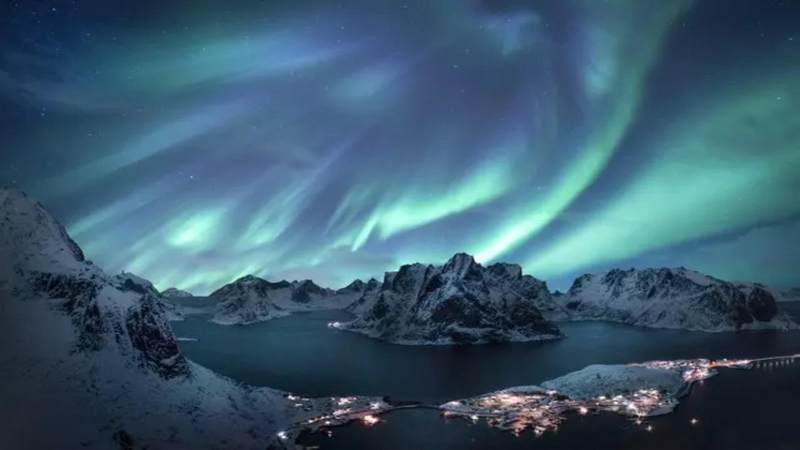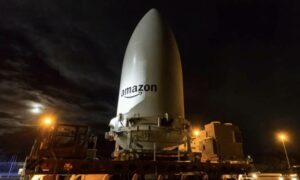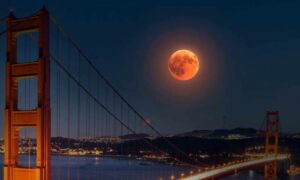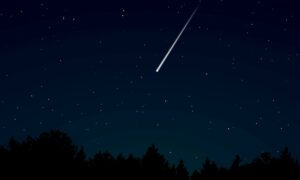The northern lights, or aurora borealis, may be seen tonight and tomorrow across the Upper Midwest states, according to NOAA’s Space Weather Prediction Centre.
This is because on January 22 and 23, an oncoming coronal mass ejection will affect Earth. Mild solar storms are normal, so there’s no need to panic, but this one might make the aurora borealis visible farther south than typical, providing some sky observers with an unexpected treat.
The Aurora Dashboard specifically states that on the evening of January 22, one may be able to see the northern lights across Maine, New Hampshire, Vermont, upstate New York, Michigan, Wisconsin, Minnesota, North and South Dakota, Montana, northern Idaho, and Washington State. Tomorrow night, however further north, several states should also be able to see the aurora.
Visit the NOAA webpage here for the most recent forecast and other information about where to see the aurora borealis.
Simply step outside and look up to view the northern lights; no extra equipment is required. It could be harder to view them if you live in a light-polluted location. They are readily visible with the unaided eye when they are away from city lights.
WEATHER IN SPACE CAN BE DESTINY AND DAZZLING
Interaction between space weather and Earth’s upper atmosphere are what generate the northern lights, or aurora borealis. A coronal mass ejection (CME) was the reason behind the issuance of this particular geomagnetic storm watch. That happens when solar material known as plasma escapes the surface of the star. At a speed of millions of miles per hour, it leaves our host star and moves outward, causing a geomagnetic storm that gives rise to the aurora.
The effects of solar weather on Earth are generally quite small, although the risk rises during periods of high solar activity. Technology would be severely damaged by a massive solar storm, which may interfere with communication networks, damage satellites, interfere with the electric grid, cause GPS to malfunction, and more. Up to forty new Starlink satellites that SpaceX launched during a geomagnetic storm in 2022 may have been lost since the storm heated and thickened the atmosphere, making it impossible for the satellites to navigate to their intended orbit.
The Carrington Event, which took place in 1859, is the greatest CME ever seen. Because of the auroral current, the geomagnetic storm interfered with telegraph dispatches, and the northern lights were visible as far south as Hawaii.
SUMMARY OF SOLAR ACTIVITY’S POP SEASON
The sun follows a cycle of solar activity. In essence, the sun is a massive ball of heated gas, or plasma, that is fusing helium and hydrogen at its centre. The magnetic poles of the star reverse every 11 years. At that point, the sun reaches solar maximum, its highest level of activity, and moves back towards solar minimum.
Solar activity is increasing because we are getting close to solar maximum. According to scientists, the current Solar Cycle 25’s solar maximum will take place between January and October of 2024.
Sky watchers will be treated to a unique season of increased solar activity in the interim, which will result in more spectacular displays like this evening’s aurora borealis.
- Cannes Film Festival Lineup 2025: Livestream Details & How To Watch - April 10, 2025
- Masters 2025: How to Watch Golf Tournament Live for Free on TV & Online - April 10, 2025
- Amazon Delays Kuiper Internet Satellite Launch Over Bad Weather - April 10, 2025





